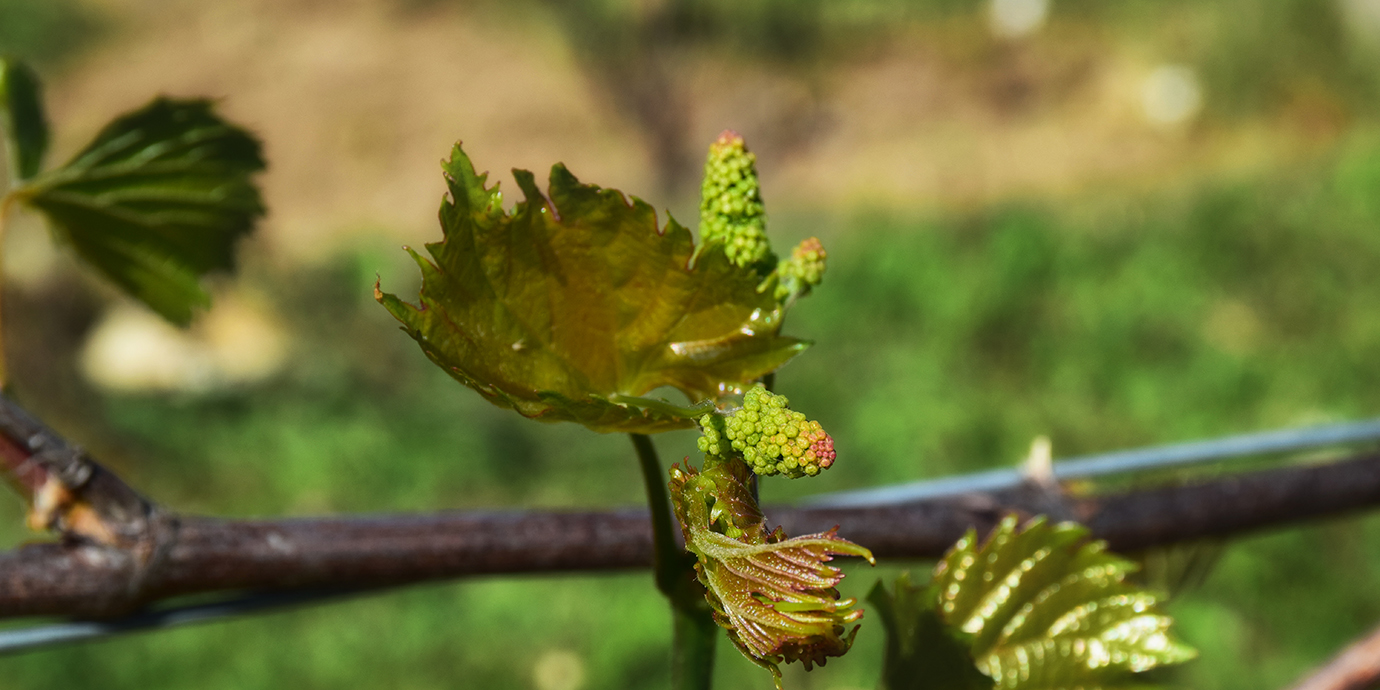FARMING PRACTICES
As part of an emerging region of amazing winemaking, our terroir-focused approach reflects our respect for the environment, climate and region. With that comes building alliances with growers who share our philosophies and practices.

